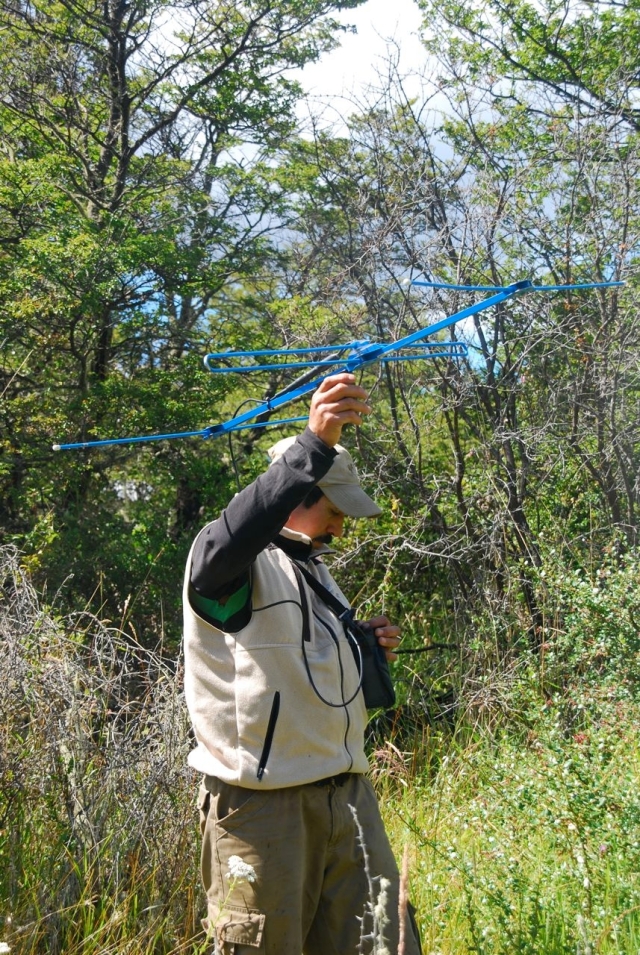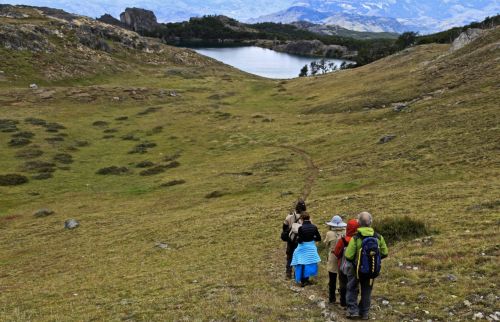To make Patagonia National Park, we need rocks. Lots and lots of them. Why? All our buildings should be durable, to withstand the high winds and severe climate of the region. They should be well-insulated, to minimize heat loss and energy usage. They should be built of local materials, to reduce their carbon footprint. And they must be beautiful and fit well with the landscape, because we believe that good architecture and design can act as levers for social change.
Moreover, architecture must reflect a local style, to connect them to the history of this place. Here in Chilean Patagonia, developing an appropriate regional style required some creativity: most of the buildings constructed in the hundred-year history of settlement were transient, poorly insulated mixtures of tin and wood. However, along the Atlantic Coast, numerous public buildings–train stations, museums, town halls, and the like–offered a model for durable, beautiful architecture on which we could build.
We considered all these requirements, and realized that if we could find a low-impact spot within the Chacabuco Valley to quarry stone, we’d have the solution. Before starting to build, we found a spot where removing stone would leave close to no trace, and where transporting the stone was relatively easy. The quarry sits at the top of a rocky hill; a cart runs up and down a track to bring stone down to the roadside.
Four men from the nearby town of Cochrane operate the stone quarry: Enrique Ernesto Gutierrez, Gustavo Medina, Nicanor Medina, and Jorge Alejandro Sanchez. During the week, they live together up at the La Juanina puesto. I spent the afternoon driving up the valley in the truck that comes every other day to collect their handiwork (about 7,000 kg of it!) and chatting with them about their experience in the park.
Constantly joking with each other, the team enjoys working together even through long days. La Juanina, the site of the future main campground of the park’s eastern sector, serves as a good base for fishing, a popular activity. Jorge explains to me how the winch at the bottom of the hill pulls the cable car up the hill, so that they can load it full of stone and send it back down the hill.
As the conversation turns towards the park and the region, Gustavo tells me, “The project’s good. The buildings are beautiful; animals are happy, and many people from all over the world will come to the park.” The others agree that many people will visit the park. Nicanor predicts that the park will provide appealing jobs like being a park guard.
Quarrying stone might not seem an obvious fit into the “conservation job” category, given that extracting natural resources appears the antithesis of protecting land. But building a park requires doing some actual building, and building anything means materials. We could ship in everything we need and turn a blind eye to the environmental impacts of their creation, far outside the park. However, by operating our own small-scale quarry, we can minimize the impacts of our project, because we can see and control exactly what we’re doing. When all the buildings are complete, we’ll disassemble the track, take away the cart and the winch, and leave the hillside almost exactly as we found it.
Perhaps chiseling stone doesn’t have the glamor of tracking pumas, but it’s a valuable job that involves the park’s neighbors in its creation. With a view out towards the steppes of Argentina, the location is stunning. The team appreciates that their work contributes to the building of a beautiful park for all of Chile to enjoy.

















